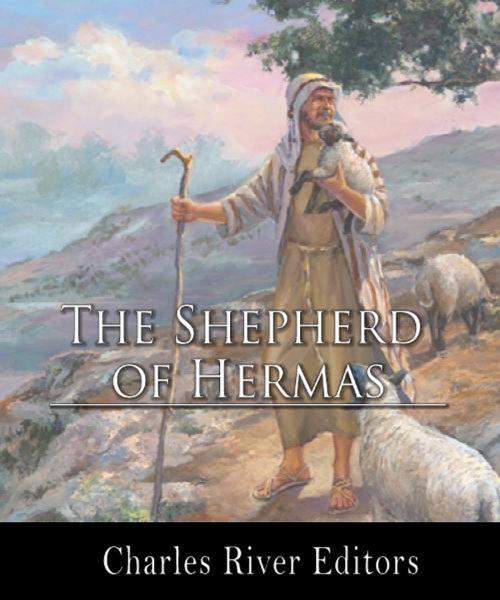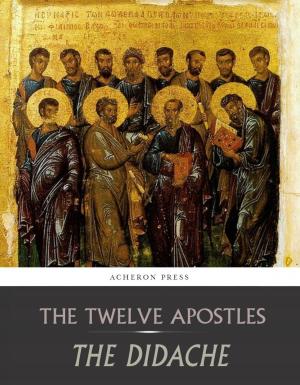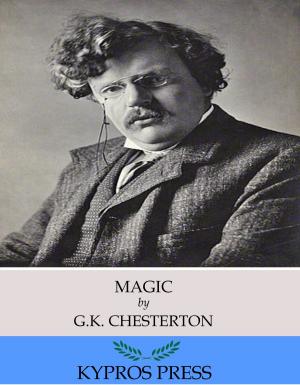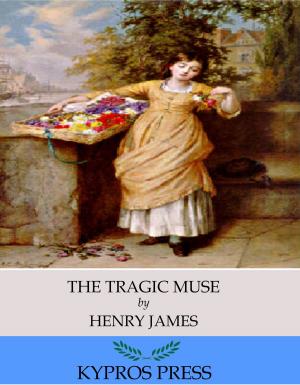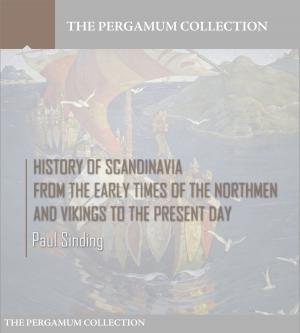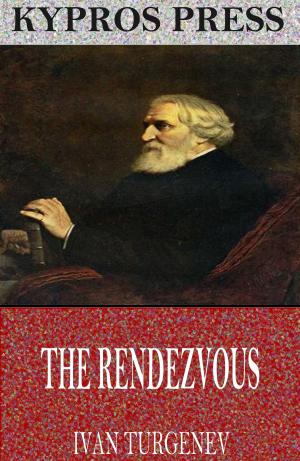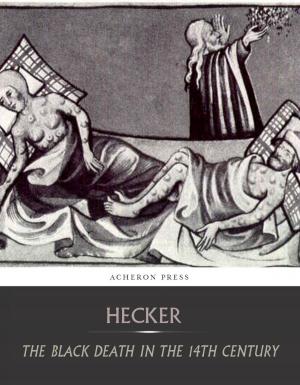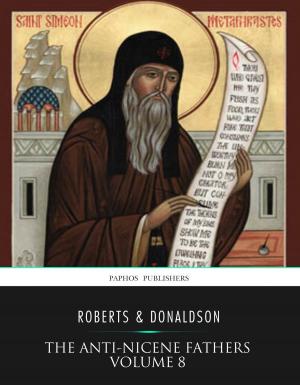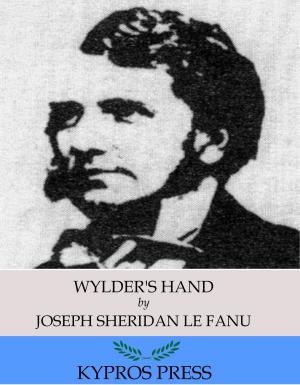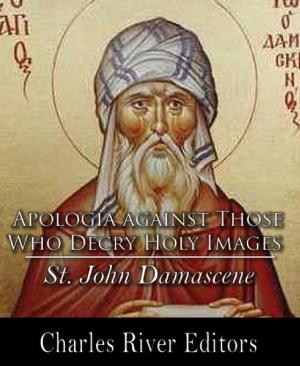The Shepherd of Hermas (Illustrated Edition)
Nonfiction, Religion & Spirituality, Christianity, Church, Church History| Author: | Anonymous | ISBN: | 9781619820753 |
| Publisher: | Charles River Editors | Publication: | January 13, 2012 |
| Imprint: | Language: | English |
| Author: | Anonymous |
| ISBN: | 9781619820753 |
| Publisher: | Charles River Editors |
| Publication: | January 13, 2012 |
| Imprint: | |
| Language: | English |
The Shepherd of Hermas is a Christian literary work of the 2nd century, considered a valuable book by many Christians, and considered canonical scripture by some of the early Church fathers such as Irenaeus. The Shepherd had great authority in the 2nd and 3rd centuries, and along with the Apocrypha, it was bound with New Testament in the Codex Sinaiticus. It was listed between the Acts of the Apostles and the Acts of Paul in the stichometrical list of the Codex Claromontanus. Its believed the shepherd is one of the meanings that was probably attached to some figurines of the Good Shepherd as well as a symbol for Christ. The work comprises five visions, twelve mandates, and ten parables. It relies on allegory and pays special attention to the Church, calling the faithful to repent of the sins that have harmed it. The book was originally written in Greek and translated into Latin in Rome, and only the Latin version has been preserved in full; of the Greek, the last fifth or so is missing. This edition includes pictures of the Sistine Chapel, statues of Jesus and Mary, and more.
The Shepherd of Hermas is a Christian literary work of the 2nd century, considered a valuable book by many Christians, and considered canonical scripture by some of the early Church fathers such as Irenaeus. The Shepherd had great authority in the 2nd and 3rd centuries, and along with the Apocrypha, it was bound with New Testament in the Codex Sinaiticus. It was listed between the Acts of the Apostles and the Acts of Paul in the stichometrical list of the Codex Claromontanus. Its believed the shepherd is one of the meanings that was probably attached to some figurines of the Good Shepherd as well as a symbol for Christ. The work comprises five visions, twelve mandates, and ten parables. It relies on allegory and pays special attention to the Church, calling the faithful to repent of the sins that have harmed it. The book was originally written in Greek and translated into Latin in Rome, and only the Latin version has been preserved in full; of the Greek, the last fifth or so is missing. This edition includes pictures of the Sistine Chapel, statues of Jesus and Mary, and more.
